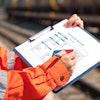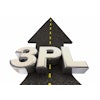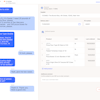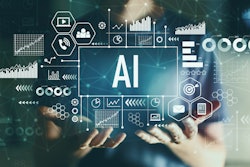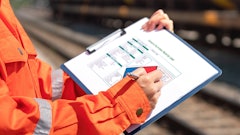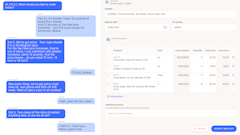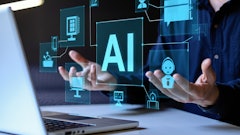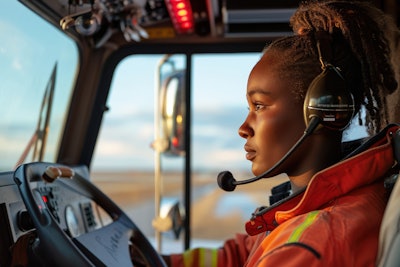
Samsara Inc. launched its Drowsiness Detection feature into general availability, using Samsara’s comprehensive artificial intelligence (AI) models—trained on its large-scale dataset—to proactively detect when signs of drowsiness occur. Then, it triggers real-time in-cab audio alerts for drivers, while notifying managers via text or email to triage fatigue-related events in the moment.
“It’s hard to detect when someone is truly drowsy. It’s more than a single behavior, like yawning or having your eyes closed. Drowsiness can be less common than other risky driving behaviors, so accurate detection is only as good as the data that feeds and trains AI models,” says Evan Welbourne, VP of AI and data at Samsara. “That’s where the scale of Samsara’s data sets our solution apart. We train our models on more than 38 billion minutes of video footage within our platform to provide high accuracy and impact for our customers.”
Key takeaways:
- The Drowsiness Detection feature provides insights that can be viewed as aggregated reports within the Samsara Platform, allowing managers to analyze patterns of fatigue across their fleet, focus on driver coaching, and ultimately reduce drowsy driving to improve road safety.
- To ensure accuracy, Samsara’s comprehensive Drowsiness Detection is trained to consider several behaviors that indicate fatigue, in alignment with leading and clinically validated standards for defining drowsiness. These behaviors include head nodding, slouching, prolonged eye closure, yawning, rubbing eyes, and more.

